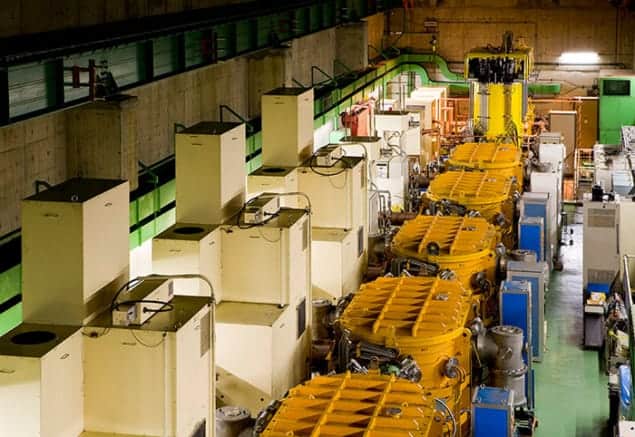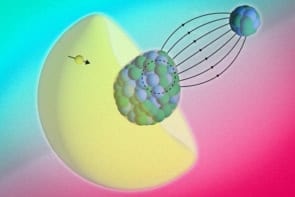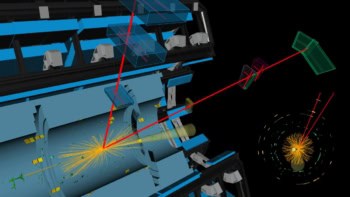
The first direct evidence that the nickel-78 nucleus is doubly magic has been obtained by an international team of physicists working at the Radioactive Isotope Beam Factory (RIBF) in Japan. The researchers have also found that when excited, the nucleus can exist in both spherical and deformed shapes. Further studies of nickel-78 could provide important information about the structure of nuclei.
Protons and neutrons in nuclei occupy discrete orbitals in much the same way as electrons do in atoms. Magic nuclei are those having the precise number of protons or neutrons required to fill a spherical set of related orbitals called a shell. Most nuclei with magic neutron or proton numbers are characterized by a stronger binding, greater stability, and, therefore, are more abundant in nature. In doubly magic nuclei, both proton and neutron shells are filled, making the binding even stronger.
Most known doubly-magic nuclei are stable to radioactive decay and have been studied extensively. In the past decade, however, physicists have discovered that some short-lived, neutron-rich nuclei are also doubly magic. Nickel-78 is a neutron-rich nucleus comprising 28 protons and 50 neutrons. The rare isotope was first observed in 1995 and since then theoretical studies and measurements on similar nuclei have suggested that nickel-78 is doubly magic.
Large energy gap
Now, the first direct study of nickel-78 has been done at RIBF in Wako, Japan. The nuclei were created in excited states, which decay to the “0+” ground state by the emission of gamma rays. Analysis of the gamma rays has revealed an energy gap of 2.6 MeV between the ground state of the nucleus and the first excited state, which is denoted 2+ because it has two quanta of intrinsic angular momentum and even parity.

Short-lived tin is doubly magic
This relatively large energy gap is strong evidence that nickel-78 is a doubly magic nucleus and the team has shown that this first excited state is spherical in shape. They also spotted another 2+ excited state at a slightly higher excitation energy of 2.9 MeV, which they say corresponds to a deformed shape. These observations are backed-up by theoretical calculations, which also predict a deformed 0+ excited state that was not observed.
In the experiment, nickel-78 was made by “knocking out” one proton from copper-79 or two protons from zinc-80. When one-proton knock out was used, only the spherical 2+ state was observed. Conversely, when two-proton knock out was used, only the deformed 2+ state was observed. The team is currently unable to explain this observation and further experimental and theoretical studies of nickel-78 promise to provide important insights into the structure of neutron-rich nuclei.
The study is described in Nature.



